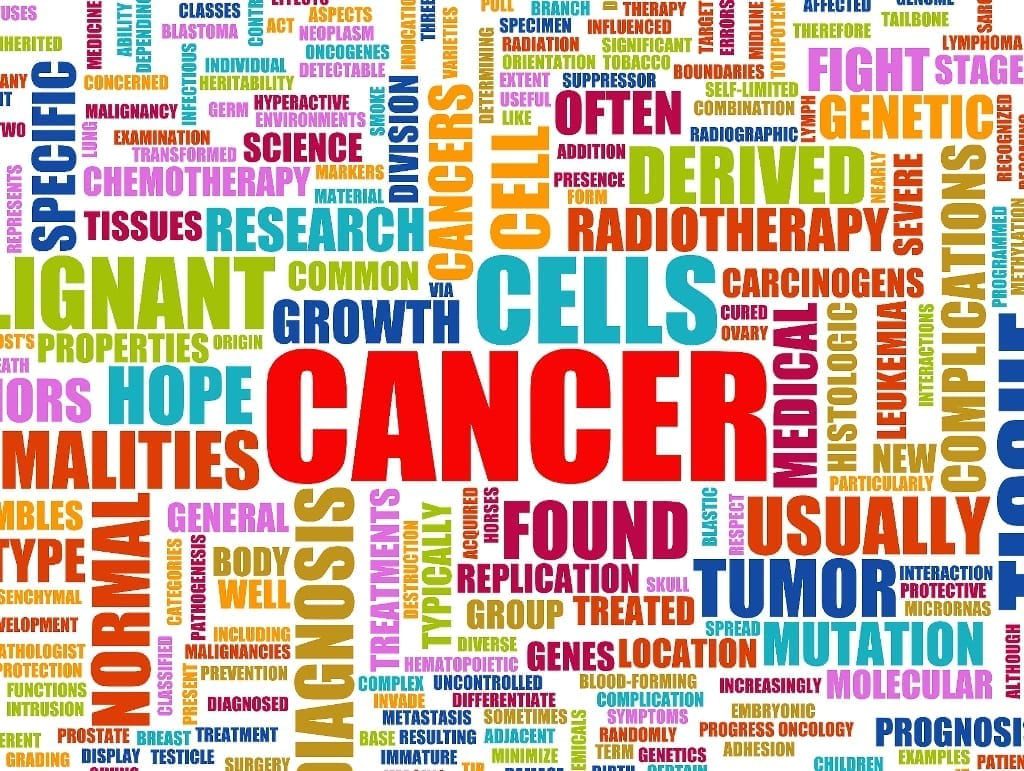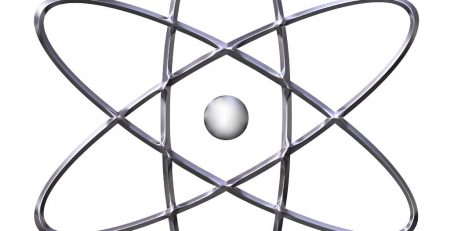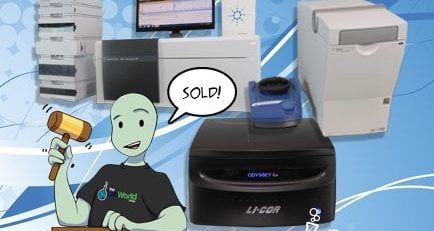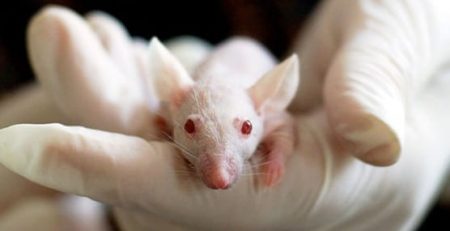Cryoablation as Cancer Treatment
Cryoablation isn’t a new technology – as a matter of fact, it’s been around for 25 years. And while it’s most commonly used to remove external skin blemishes, such as warts, it’s recently started gaining ground as a new breast cancer treatment.
The method of treatment is low cost, minimally invasive, and has a faster recovery time than traditional treatments, however, the FDA still considers the treatment experimental.
“The fact that these tremendous advances in China have not been duplicated in the US is disturbing,” said Laura Ross-Paul, a cryoablation advocate and 13-year breast cancer survivor. “In America, cryoablation is seen as a treatment that needs to be proven effective before it is considered a safe alternative to the mastectomy and lumpectomy,” she continues. FDA trials have been undertaken in the last 13 years, but the size of the trials have been limited due to financial constraints.” As a result, this treatment is consiered an “unproven, experimental alternative to the much safer and statistically proven surgery.”
The American Society of Breast Surgeons is a supporter of cryoablation, but only considers this treatment “safe, efficacious and durable” for treating fibroademnoa (benign tumors) diagnosed by biopsy.
Cryoablation, also called cryotherapy or cryosurgery, uses a thin, hollow, wand-like device attached via tubing to a source of nitrogen or argon to apply extremely cold temperatures to destroy diseased tissue, including cancer cells. The cryoprobe is inserted into or adjacent to diseased tissue and is placed using ultrasound, CT or MRI images transmitted to a video monitor. These allows the physician to focus only on the diseased tissue while avoiding and preserving healthy tissue.
Watch a video published by TMS Media and shared by Santa Cruz Biotechnology here.














